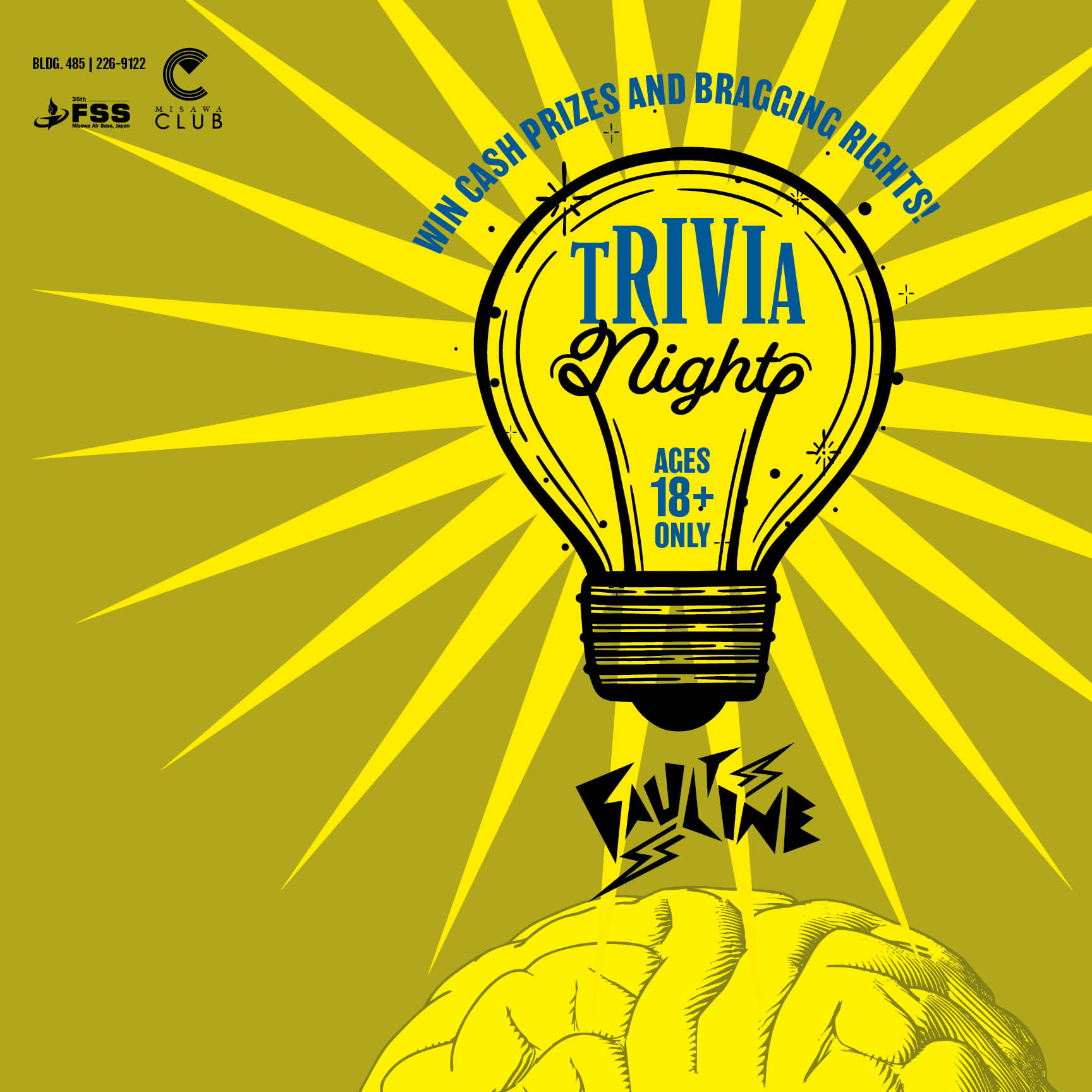For as long as there have been living creatures, there have been mothers. From a mother all life is born, and as the founder of Mother’s Day said, a mother is “the person who has done more for you than anyone in the world.” Anna Jarvis, that founder, had a mother who did more than anyone else for many people. Her mother Ann cared for wounded soldiers on both sides of the battlefield during the Civil War, then later created Mother’s Day Work Clubs to address public health issues. Anna celebrated her mother for the first time after Ann’s passing in 1908, and it was not long until Woodrow Wilson formalized the day as a national holiday in 1914. Since then it has spread worldwide, and Mother’s Day is celebrated in some fashion in most nations.
That is not to say that mothers had not been celebrated before then, but the modern traditions were born in America in the early 20th century. In the United States Mother’s Day is often celebrated with cards, flowers, and perhaps doing the tasks mothers normally perform in order to give them a break for a day. Now we all know a card and flowers are nice, but the extra personal touch is what can make every Mother’s Day special. You can hand write a letter, cook her favorite meal, clean the house; do something so she can relax for the day, feel appreciated and enjoy her loved ones.
The meaning of Mother’s Day has changed over time, and is certainly different in every nation. While most countries celebrate at the same time as the United States and with similar customs, many have been celebrating mothers and maternal love for centuries or millennia. Older celebrations often have a basis in religion or mythology, and some customs hold far more importance than others. Since the modern Mother’s Day was founded, women’s rights, the place of women in society, and the commercialization of the holiday have all changed dramatically, affecting the nature of the occasion.
In the United Kingdom the holiday is known as Mothering Sunday, originally held for Christians to visit the “mother” church. It was one of the few days a year poorer folk had off work and became an occasion for children to see their parents. Now it is more associated with family reunions, as children return home and pay a visit to their mums. A holiday like that is much more tenable in a relatively small country.
Some countries have maintained the religious nature of the holiday. For example, in Nepal the Hindi tradition is called Mata Tirtha Aunsi, or “Mother Pilgrimage.” Children take a holy bath, pray for their mothers and offer gifts and sweets. Those that have lost their mothers bathe at Matatirtha, a special pond near Kathmandu. Nepal and other Hindu nations also celebrate Durga puja, which is a ten-day celebration of motherly love for the goddess Durga. Clay sculptures of Durga are immersed in water to symbolize her return to the divine cosmos after her battle against Mahishasura, a shape-shifting demon.
In Japan the tradition started as a celebration of Empress Kojun’s birthday around 1931, but the idea of a Mother’s Day was scrapped during World War II as it was viewed as a western holiday. Quickly after the end of the war, however, the modern holiday was adapted, and now it is celebrated much as it is elsewhere. Red carnations and red roses are the most popular flowers given to Japanese mothers, and if you cook your okaasan a meal it should be prepared with eggs. As in most countries, pampering mom is the name of the game.
The manner and time to celebrate mom can vary widely. Norway, a frigid country in winter, celebrates Mother’s Day first in early February. Indonesia celebrates nearly at the end of the year, on December 22. Ancient Egyptians worshiped the goddess Isis, the divine mother of pharaohs, millennia ago. A little over twenty years ago China first started celebrating Mother’s Day unofficially, as a day for respecting the elderly and showing piety towards parents. In most countries, one’s own mother is celebrated, but in others the idea of maternal love is embraced, as with the indigenous population of Peru. Some places take a day to honor mom, while others set aside a week or more.
Unquestionably, no matter where you are on earth, mothers are celebrated and often with a formal day of appreciation. Take this Mother’s Day to give a little extra thought about how you can honor and thank your own mother, considering how much she gave to give you the life you live. After all, she is the person who has done more for you than anyone in the world.






